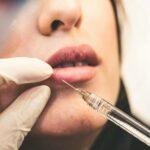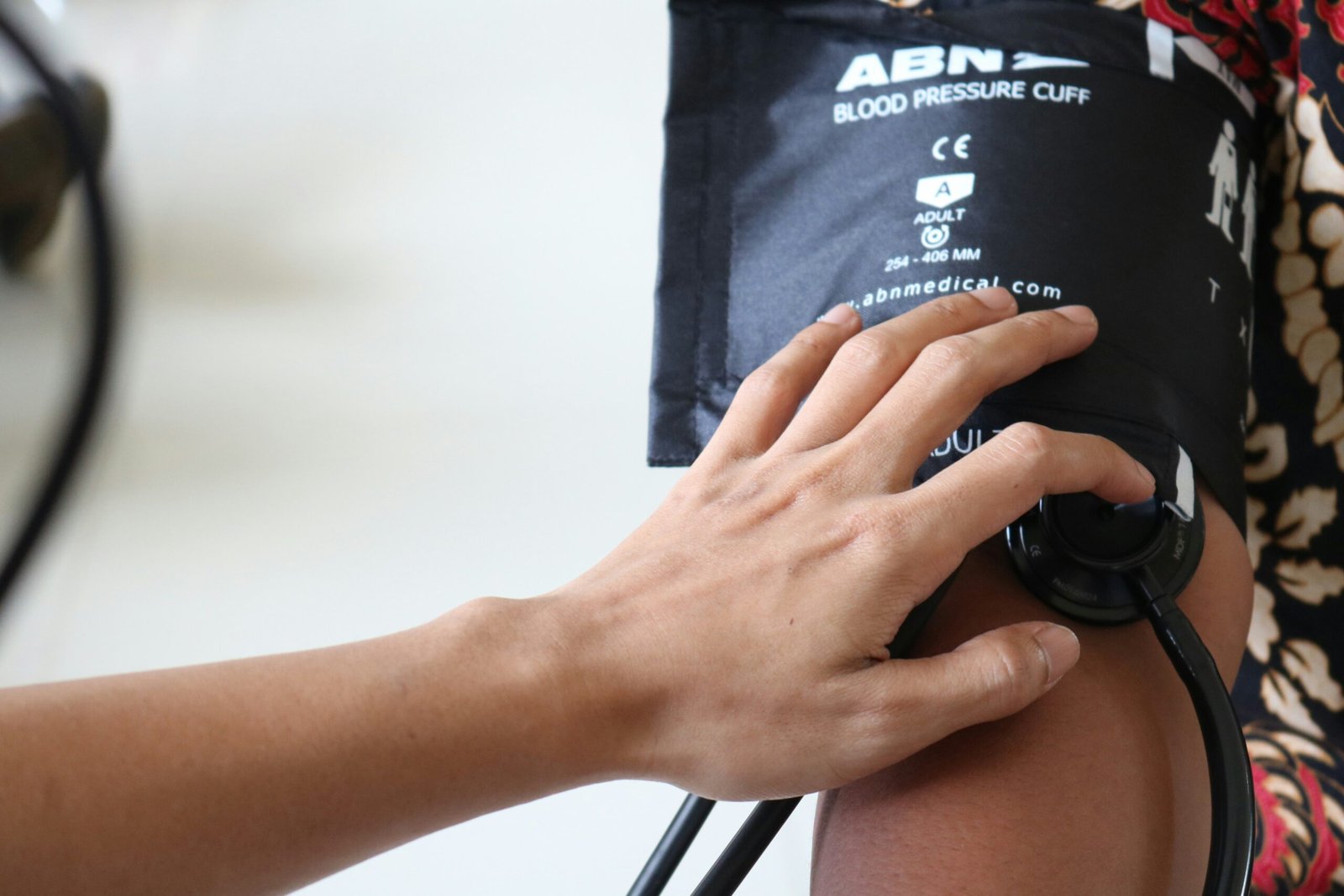Introduction
The human body undergoes numerous transformations throughout the years, and women’s bodies, in particular, experience a range of changes due to hormonal shifts, lifestyle factors, and medical conditions. One significant aspect of these changes pertains to vaginal health. Understanding how the vagina changes over time is crucial for maintaining overall well-being and sexual health. As women age through their 30s, 40s, 50s, and 60s, they may notice various alterations in their vaginal anatomy and function. These changes are often influenced by natural aging processes, hormonal fluctuations, and external factors such as childbirth, diet, and general health.
Hormones play a pivotal role in regulating many bodily functions, including those of the reproductive system. Estrogen, a critical hormone for vaginal health, tends to decrease as women age, particularly during and after menopause. This decline can lead to vaginal dryness, thinning of the vaginal walls, and a reduction in elasticity. Moreover, lifestyle factors such as physical activity, smoking, and diet can significantly impact vaginal health. For instance, regular exercise and a balanced diet can promote good circulation and tissue health, while smoking can contribute to decreased blood flow and overall vaginal health deterioration.
Medical conditions and treatments can also have a profound effect on vaginal changes over time. Conditions such as diabetes or autoimmune disorders, and treatments like chemotherapy, can impact the vaginal environment, leading to symptoms like dryness, irritation, or infections. It is essential for women to be informed about these potential changes and to seek advice and treatment from healthcare professionals when necessary. By understanding the natural progression of vaginal changes over time and recognizing the factors that influence these changes, women can take proactive steps to maintain their vaginal health and overall quality of life.
Changes in the 30s
The 30s mark a dynamic period in a woman’s life, often characterized by significant hormonal fluctuations. These changes can be attributed to various life events, such as pregnancy and childbirth, which can profoundly impact the vagina. During pregnancy, the body produces elevated levels of hormones like estrogen and progesterone, which prepare the vaginal tissues for the birthing process. This hormonal surge can lead to increased vaginal elasticity, making the tissues more pliable.
Postpartum recovery is another critical phase during this decade. After childbirth, the vagina may experience temporary changes in elasticity and muscle tone. It’s common for women to notice a loosening of vaginal muscles or a change in the overall tightness. These changes are typically transient, and pelvic floor exercises can aid in regaining muscle strength and elasticity. However, each woman’s recovery journey is unique and may require different approaches for optimal results.
Vaginal lubrication can also be affected in the 30s. Hormonal shifts, particularly during breastfeeding, can lead to decreased estrogen levels, resulting in reduced natural lubrication. This can cause discomfort during sexual activities, often addressed with water-based lubricants or consulting healthcare providers for personalized solutions.
Sensitivity in the vaginal area may also fluctuate during this decade. Some women may experience heightened sensitivity, while others might notice a decrease. These changes can be related to hormonal variations, stress levels, and overall health. Understanding and adapting to these changes can help maintain sexual health and comfort.
In the 30s, common concerns include managing postpartum recovery, addressing changes in vaginal lubrication, and adapting to shifts in sensitivity. Open communication with healthcare providers and partners can help navigate these changes effectively, ensuring a healthy and fulfilling sexual life during this transformative decade.
Changes in the 40s
As women enter their 40s, they often begin to experience significant changes in their vaginal health, primarily influenced by the onset of perimenopause. This transitional phase leads up to menopause and is characterized by fluctuating and eventually declining estrogen levels. Estrogen plays a crucial role in maintaining vaginal health, and its reduction can result in several notable changes.
One of the most common changes is vaginal dryness. Lower estrogen levels mean less natural lubrication, making the vaginal tissue feel drier and less elastic. This can cause discomfort during sexual activity, contributing to a decrease in sexual satisfaction and an increase in pain during intercourse.
Additionally, the thinning of the vaginal walls, a condition known as vaginal atrophy, can also occur. Thinner vaginal walls are more prone to irritation and microtears, which not only exacerbate discomfort during sex but also increase the risk of infections. The vagina’s natural barrier against bacteria and yeast weakens, making infections like bacterial vaginosis and yeast infections more prevalent.
Changes in pH levels are another critical aspect. A healthy vagina maintains a slightly acidic environment, which is essential for keeping harmful bacteria at bay. During the 40s, as estrogen declines, the pH level can become less acidic, disrupting the vaginal flora’s balance. This shift can further heighten the risk of infections and contribute to an overall feeling of discomfort or itchiness.
These changes underscore the importance of paying close attention to vaginal health during this decade. Women experiencing these symptoms should consult healthcare providers for appropriate interventions. Treatments might include topical estrogen creams, vaginal moisturizers, or lubricants to manage dryness and discomfort. Maintaining a healthy diet, staying hydrated, and practicing good hygiene are also crucial steps in preserving vaginal health during this transformative period.
Changes in the 50s
As women enter their 50s, they often experience significant transformations in their bodies, particularly due to menopause. Menopause marks the end of a woman’s reproductive years and is characterized by a pronounced decline in estrogen levels. This hormonal shift can lead to noticeable changes in the vagina over time. One of the most common changes is vaginal dryness. The reduction in estrogen results in thinner, less elastic vaginal tissues, leading to a condition known as vaginal atrophy. This atrophy can cause discomfort and a decrease in natural lubrication, making intercourse potentially painful.
Another consequence of the decline in estrogen is a decrease in the elasticity of the vaginal walls. This change can contribute to a feeling of tightness or discomfort during sexual activity. Women may also experience an increased risk of vaginal infections, such as bacterial vaginosis or yeast infections, due to the altered vaginal environment. The balance of good and bad bacteria in the vagina can be disrupted, making it more susceptible to infections.
Given these changes, it is essential for women in their 50s to seek appropriate medical or therapeutic interventions. Hormone replacement therapy (HRT) can be a viable option for some, helping to alleviate symptoms by supplementing estrogen levels. Additionally, non-hormonal treatments like vaginal moisturizers and lubricants can provide relief from dryness and discomfort. Regular gynecological check-ups are crucial to monitor vaginal health and address any concerns promptly.
Understanding the natural progression of vaginal changes over time can empower women to take proactive steps in managing their health. Open communication with healthcare providers about symptoms and treatment options can significantly improve quality of life during this transitional phase.
Changes in the 60s
During a woman’s 60s, the vagina continues to undergo notable changes, primarily influenced by long-term reductions in estrogen levels. These hormonal changes can lead to persistent vaginal dryness and atrophy, conditions that often require ongoing management. Vaginal atrophy, characterized by thinning, drying, and inflammation of the vaginal walls, can result in discomfort, itching, and pain during intercourse, significantly impacting a woman’s quality of life and sexual health.
Maintaining vaginal health in this decade necessitates a multifaceted approach. Medical treatments, such as localized estrogen therapy, can be highly effective in mitigating symptoms of vaginal atrophy and dryness. These treatments help replenish lost estrogen directly to the vaginal tissues, promoting moisture and elasticity. Additionally, over-the-counter lubricants and moisturizers play a crucial role in providing immediate relief from dryness and enhancing comfort during sexual activities.
Beyond medical interventions, adopting a healthy lifestyle remains fundamental. Regular physical activity, a balanced diet rich in phytoestrogens, and adequate hydration contribute positively to overall well-being and vaginal health. Pelvic floor exercises, such as Kegels, can also strengthen the muscles surrounding the vagina, supporting urinary and sexual function.
The emotional and psychological aspects of vaginal changes in the 60s cannot be overlooked. Many women experience feelings of frustration, anxiety, or diminished self-esteem due to these changes. Open communication with partners about these challenges and seeking support from healthcare providers or therapists can foster a supportive environment, enhancing intimacy and sexual satisfaction.
In conclusion, understanding and addressing the changes in vaginal health during the 60s is crucial for maintaining quality of life and intimate relationships. Through a combination of medical treatments, lifestyle adjustments, and emotional support, women can navigate these changes effectively, ensuring continued vaginal health and overall well-being.
As women age, they may encounter various changes in vaginal health that can impact their overall well-being. Fortunately, a range of medical interventions and treatments are available to address these changes effectively. One of the primary treatments is hormone replacement therapy (HRT), which can help alleviate symptoms such as vaginal dryness and thinning by replenishing estrogen levels. HRT can be administered systemically through pills, patches, or gels, or locally via vaginal estrogen creams, rings, or tablets.
Vaginal estrogen creams are particularly beneficial as they target the affected area directly, providing relief from dryness, irritation, and discomfort. These creams also help in maintaining the elasticity and thickness of the vaginal walls, thereby improving sexual function and reducing the risk of urinary tract infections. Additionally, other medications, such as selective estrogen receptor modulators (SERMs), can offer similar benefits without the systemic effects of traditional HRT.
For women who prefer non-hormonal treatments, a variety of options are available. Vaginal moisturizers and lubricants can be used regularly to alleviate dryness and enhance comfort during sexual activity. These products come in different formulations, including water-based, silicone-based, and oil-based, allowing women to choose what suits their needs best. Regular use of these products can significantly improve vaginal health and quality of life.
In addition to medical treatments, lifestyle changes and alternative therapies can also play a crucial role in supporting vaginal health. Maintaining a healthy diet rich in phytoestrogens, such as soy products, flaxseeds, and legumes, can provide natural estrogen-like effects. Regular physical activity, including pelvic floor exercises, can strengthen the muscles around the vagina, enhancing support and function. Staying hydrated and avoiding irritants like scented soaps and douches can prevent further irritation and dryness.
Lastly, alternative therapies such as acupuncture, herbal supplements, and mindfulness practices can offer holistic support. These therapies can help manage stress and improve overall well-being, indirectly benefiting vaginal health. With a combination of medical treatments and lifestyle adjustments, women can navigate the changes in their vaginal health with greater ease and confidence.
Self-Care and Preventative Measures
Maintaining vaginal health through the decades is crucial for overall well-being. As the body evolves, so does the vagina, and adopting effective self-care and preventative measures can make a significant difference. A balanced diet rich in vitamins, minerals, and probiotics supports a healthy vagina. Foods like yogurt, leafy greens, and whole grains contribute to maintaining a balanced pH and preventing infections.
Hydration also plays a pivotal role in vaginal health. Drinking adequate amounts of water helps to keep the tissues hydrated and maintain natural lubrication. Good hygiene practices are essential; however, it is important to avoid over-washing or using harsh soaps, which can disrupt the vaginal flora. Opt for mild, unscented products to clean the external genital area.
Regular physical activity not only benefits overall health but also improves circulation, which can positively impact vaginal health. Pelvic floor exercises, such as Kegels, strengthen the pelvic muscles, which support the vagina and other organs. These exercises can prevent issues such as incontinence and improve sexual health.
Routine gynecological check-ups are indispensable. Regular visits to a gynecologist help in early detection of any potential issues, allowing for timely intervention. Women should be proactive about any changes or symptoms, such as unusual discharge, itching, or discomfort, and seek medical advice promptly.
Being informed and attentive to the body’s signals can go a long way in maintaining vaginal health over time. By integrating these self-care and preventative measures into daily routines, women can navigate the changes that come with each decade more smoothly, ensuring a healthy and comfortable experience throughout their lives.
Emotional and Psychological Impact
The physical transformations in a woman’s vagina over time can often have significant emotional and psychological repercussions. As women navigate through their 30s, 40s, 50s, and 60s, the changes in their vaginal health may influence their self-esteem and sexual identity. It is not uncommon for women to experience a sense of loss or diminished confidence as they notice these changes. This period of adjustment can be challenging, often leading to a complex interplay of emotions.
Intimate relationships may also bear the brunt of these changes. Alterations in vaginal health can affect sexual satisfaction, potentially leading to feelings of inadequacy or fear of intimacy. Open communication with partners becomes crucial during this time. Discussing these changes openly can foster understanding and support, helping to alleviate some of the emotional burdens. Partners who are informed and empathetic can play a pivotal role in maintaining a positive sexual relationship.
Seeking support from healthcare providers or therapists can be an essential step in managing the emotional and psychological impact of these changes. Medical professionals can provide valuable insights and treatment options to address physical symptoms, while therapists can offer strategies to cope with the emotional aspects. These conversations can help normalize the experience and reduce the stigma often associated with vaginal changes over time.
Adopting a proactive and positive approach towards managing these changes is vital for maintaining a healthy and fulfilling life. Women are encouraged to educate themselves about the natural progression of these changes and to explore various ways to enhance their vaginal health. This might include regular medical check-ups, practicing good hygiene, and engaging in pelvic floor exercises. By taking charge of their vaginal health, women can mitigate the emotional and psychological impact, fostering a sense of empowerment and well-being.










